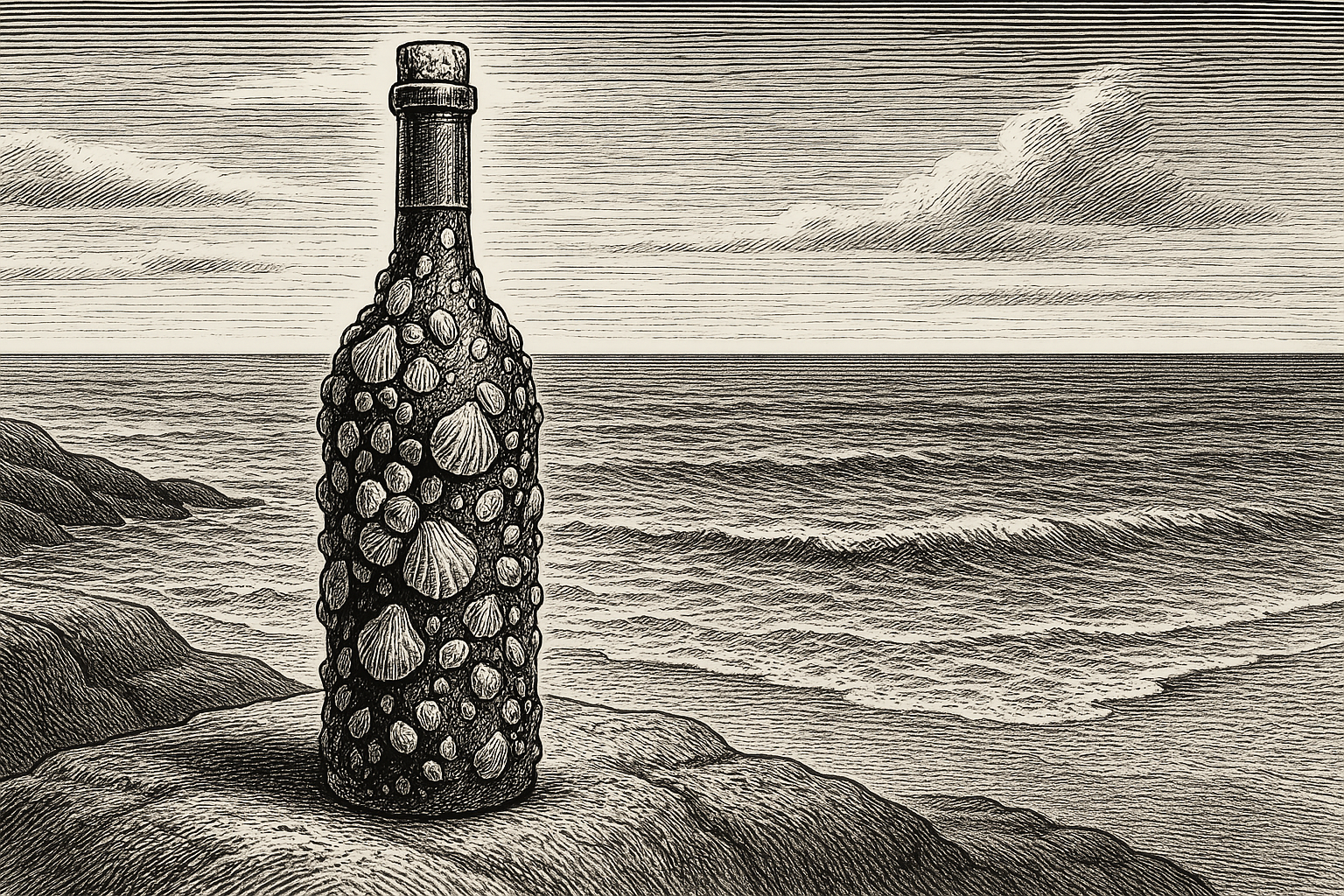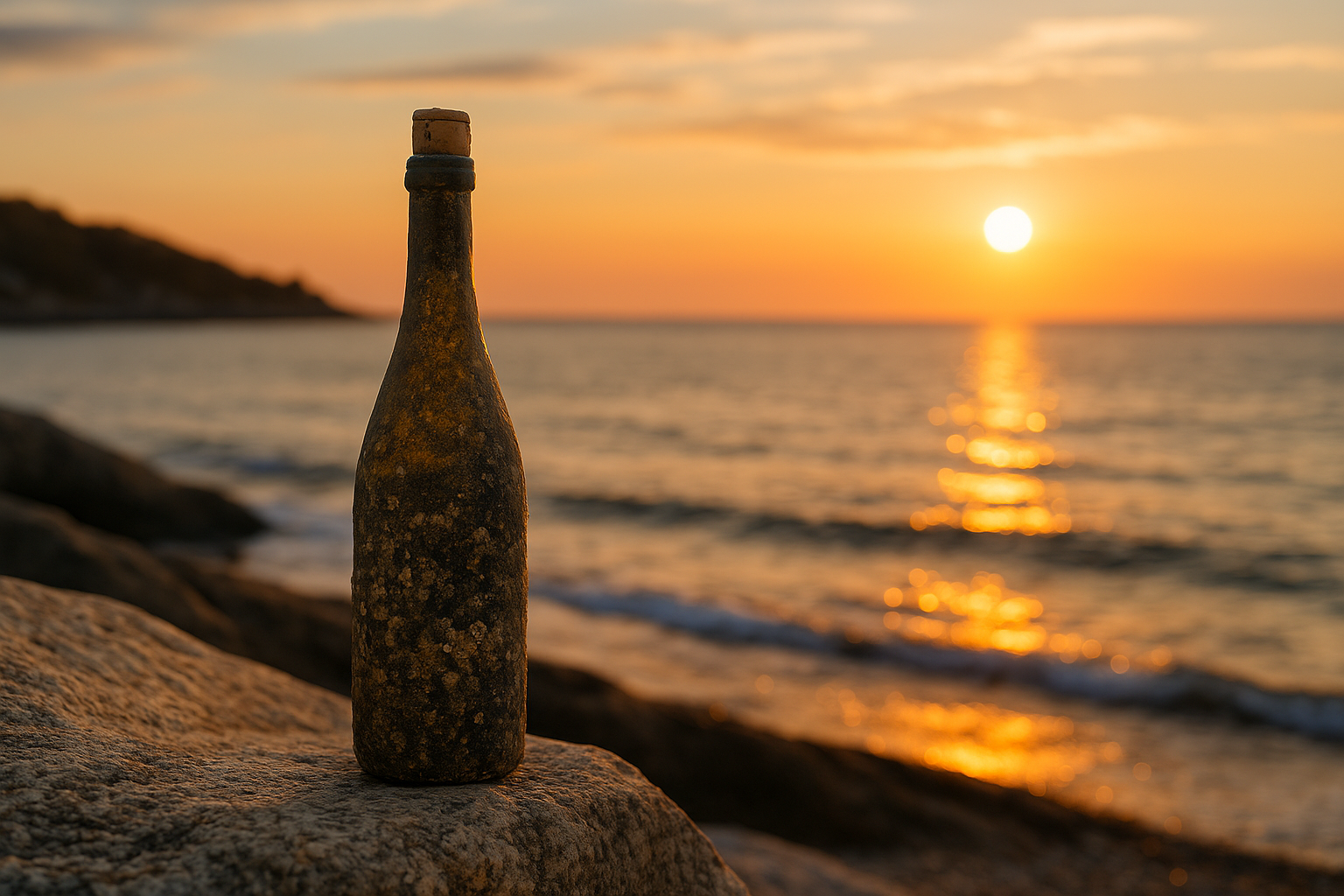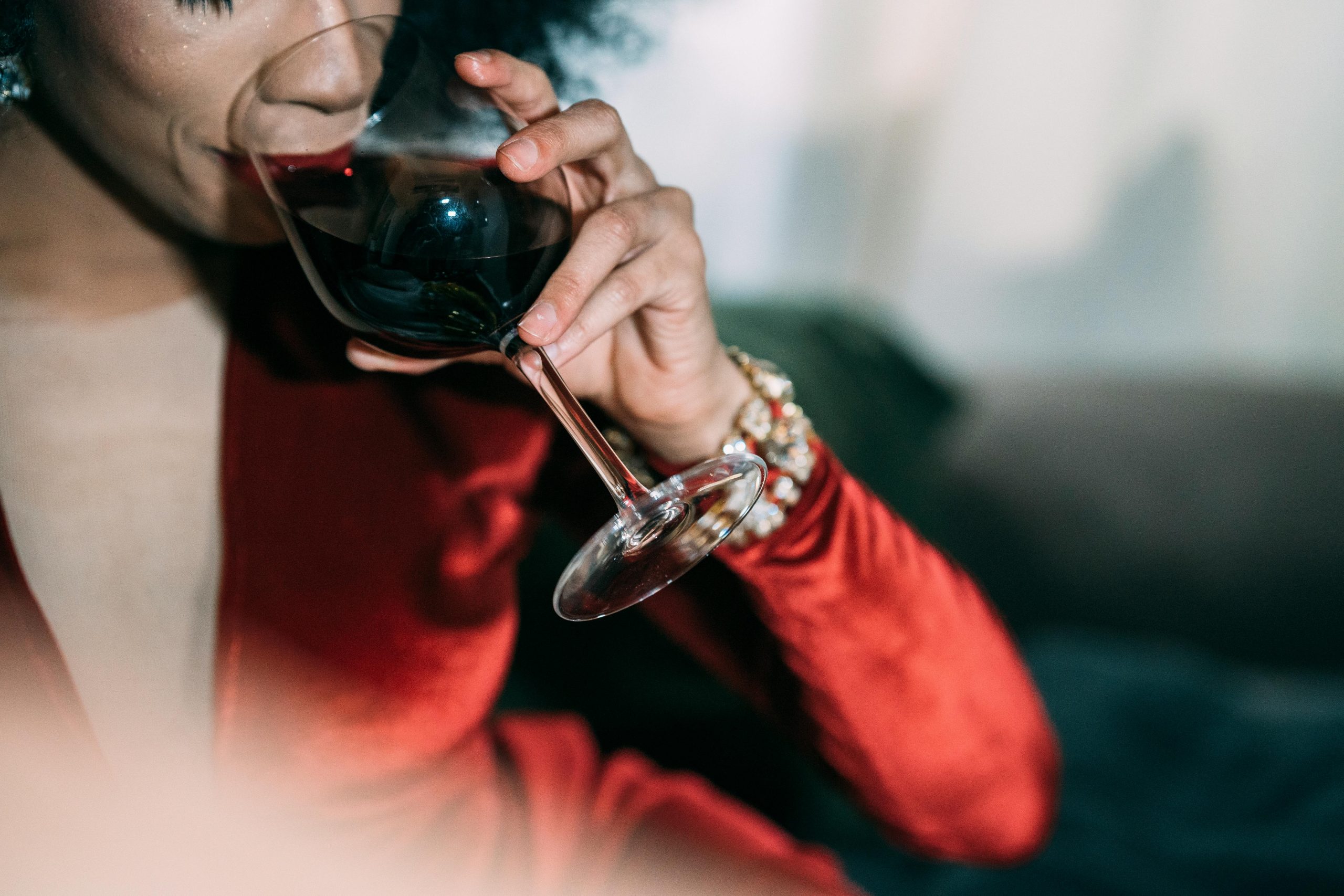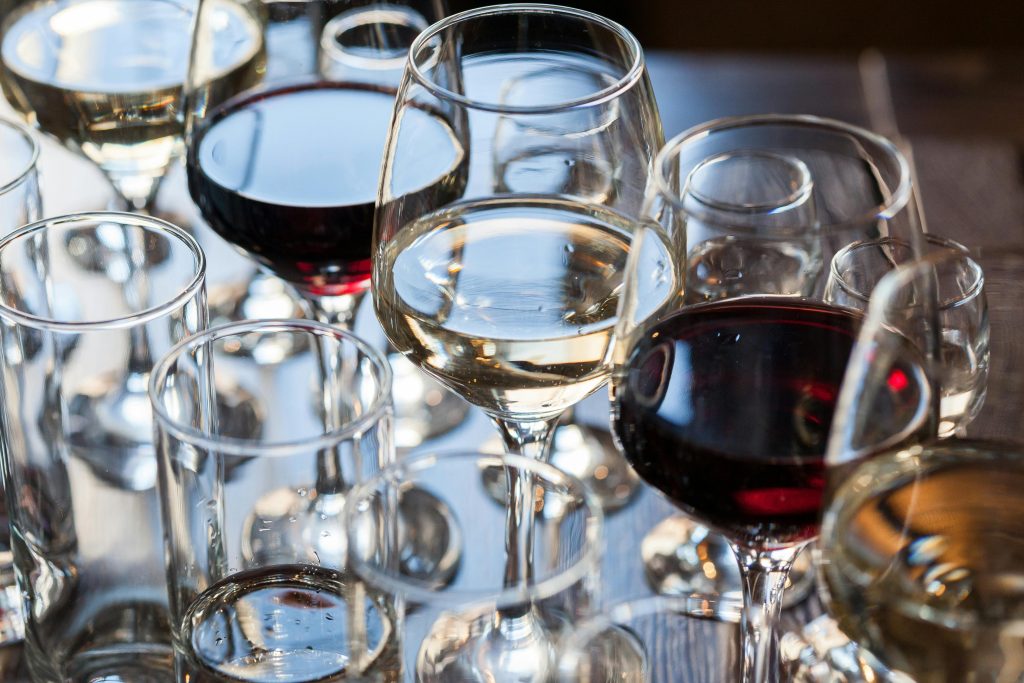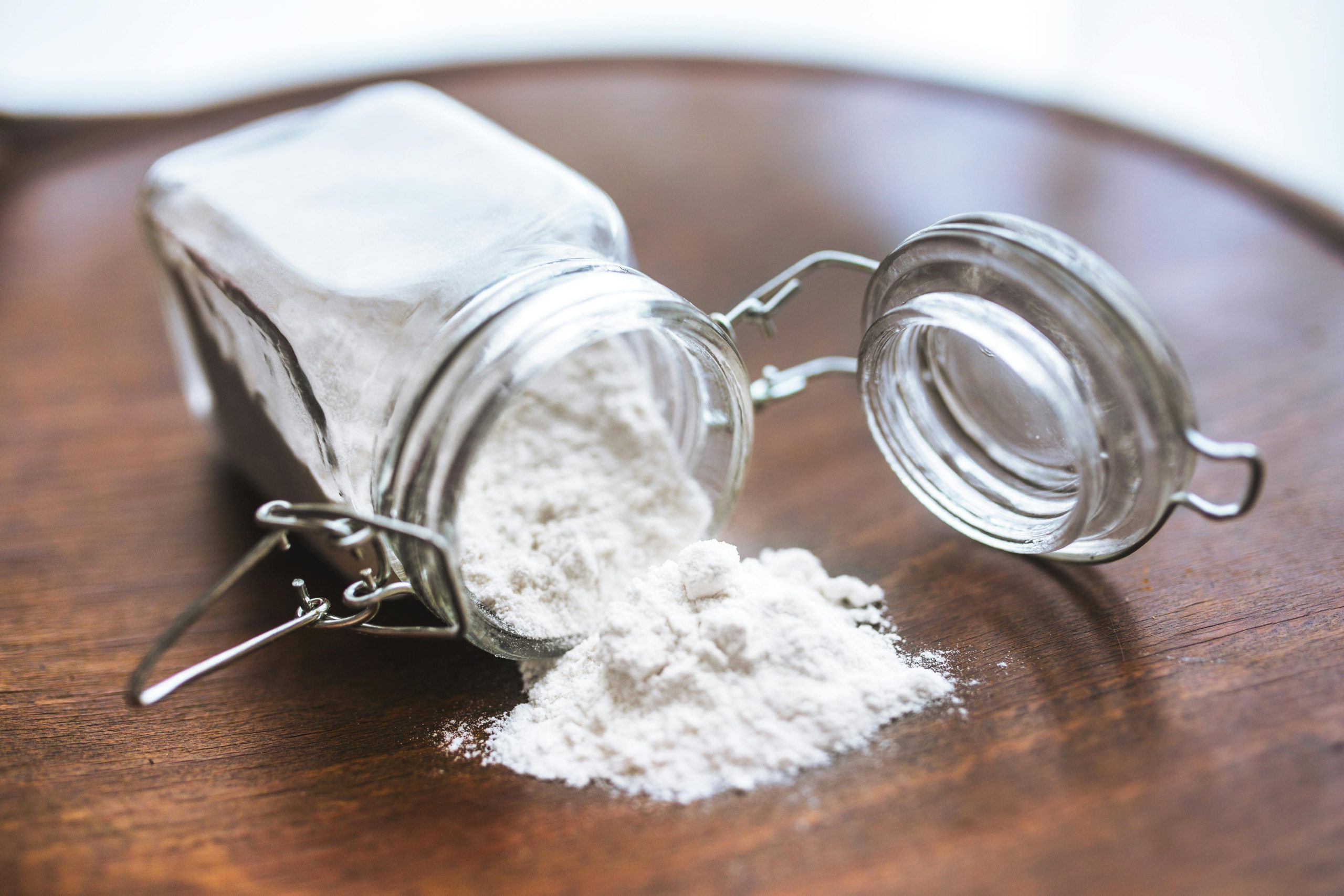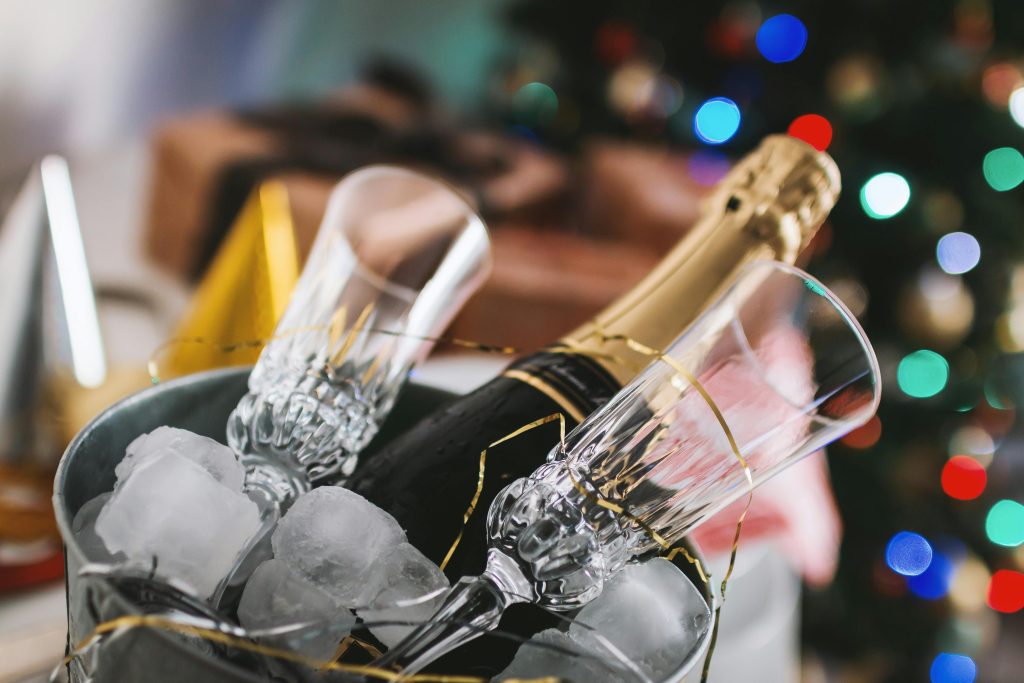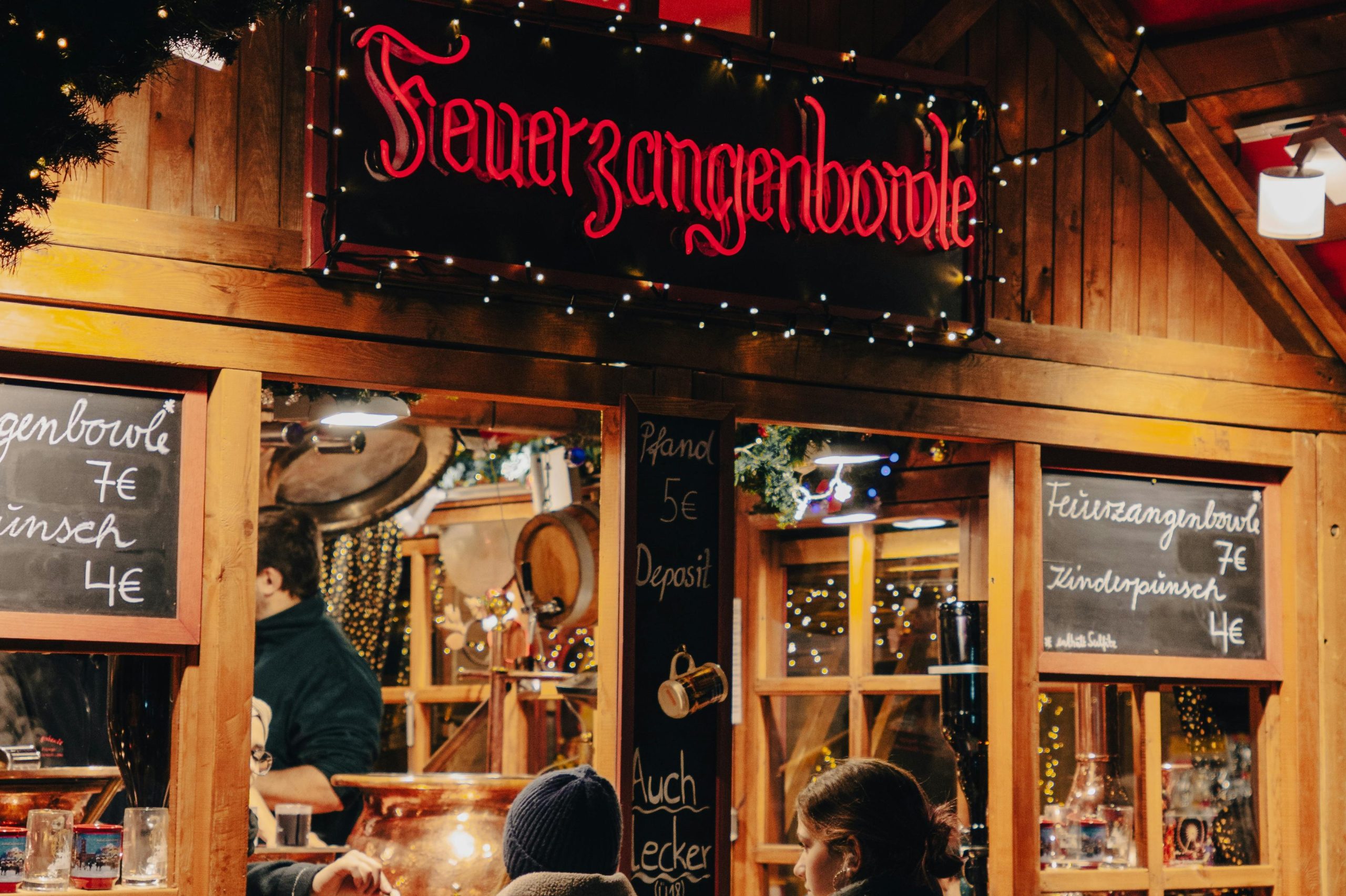
When I was a child, winter didn’t officially start with cold weather. It started with Feuerzangenbowle.
My parents had a circle of friends who treated it less like a drink and more like a ceremony. We children were never part of the main table. We were the little observers. And honestly, that made it even better.
We would sit quietly, wrapped in blankets, while the grown-ups prepared what looked like a ritual from another world.
The Night the Fire Tasted Like Fruit and Sugar
Feuerzangenbowle isn’t just mulled wine. It’s theatre.
A metal rack was placed over a pot. A cone of sugar sat carefully on top. Someone poured rum over the sugar. The lights were turned off.
Then came the flame.
Blue fire, dancing quietly in the dark.
For us children, it was pure magic.
We, of course, were given a children’s version — warm fruit tea, full of orange, cinnamon, cloves and sweetness. We felt very grown up holding our steaming mugs while watching the adults sip the “real” version.
But the real performance didn’t end there.
The “Genie in the Bottle”
There was one friend of my parents who always took things a step further.
He would take an empty rum bottle, hold it like a baby, and tell us there was a genie trapped inside.
We watched in complete silence as he rubbed the bottle.
Then he opened it.
Struck a match.
And for a brief, breathtaking moment — a blue flame rushed inside the bottle, lighting the glass from within.
No tricks. No explanation. No breaking the magic.
The room was dark. No electric light. Only candlelight and the blue flash of fire. And the smell — that warm, sharp scent of rum and smoke — is something I still remember perfectly.
As a child, you just love these little magical moments. As an adult, you love to remember that feeling.
Drinking It Now as an Adult
Now, I drink Feuerzangenbowle myself.
It is still beautiful. Still warm. Still comforting.
But the magic is… different.
I no longer sit on the floor watching adults with wide eyes. I am one of the adults. I know how it works. I know what’s in the bottle.
And yet, every time the sugarloaf is lit, a tiny part of me still wants to sit quietly in a corner and wait for the genie.
How to Make Traditional Feuerzangenbowle (Classic Recipe)
If you want to experience this winter ritual yourself, here is the classic way to prepare it.
Ingredients
You will need:
- 1 bottle of dry red wine (750ml)
- 1 orange, sliced
- 1 lemon, sliced
- 2–3 cinnamon sticks
- 4–5 cloves
- 2–3 star anise
- 100 ml dark rum (54% alcohol works best)
- 1 sugarloaf (Zuckerhut)
- 1 Feuerzangenbowle metal rack (or a safe heatproof alternative)
Step-by-Step Instructions
1. Heat the wine gently
In a large pot, gently warm the red wine with:
- orange and lemon slices
- cinnamon
- cloves
- star anise
Do not let it boil. Let it gently steam.
2. Place the sugarloaf
Place the metal rack over the pot and set the sugarloaf on top.
3. Soak the sugar with rum
Slowly drizzle rum over the sugarloaf so it absorbs the alcohol.
4. Turn off the lights (important!)
This part is not optional.
The lights must go off.
5. Light the sugar
Carefully ignite the rum-soaked sugar.
The blue flame should burn and slowly drip caramelised sugar into the wine.
6. Serve once the sugar has dissolved
When the sugar has melted away, stir gently and serve hot.
Alcohol-Free Feuerzangenbowle for Children (Our Family Version)
While the adults drank the flaming version, we children had our own special drink — and honestly, it felt just as magical.
In our family, it wasn’t apple juice. It was strong red fruit tea, deep in colour and full of flavour, warmed slowly with the same kind of spices you find in mulled wine.
We used a mix of berries and forest fruits, together with:
- Cinnamon sticks
- Cloves
- Star anise
- Orange peel
The colour was dark and ruby-red, almost like real wine, which made us feel very grown up. We would sit there with our steaming mugs, watching the blue flames dance above the sugarloaf, feeling like we were part of the ritual.
It had no alcohol at all — but it had all the warmth.
Even now, that smell of red fruit tea mixed with winter spices brings back the same feeling of quiet excitement and wonder.
Why Feuerzangenbowle Feels Different From Other Winter Drinks
Glühwein warms your hands.
Feuerzangenbowle warms your memory.
It’s not just a drink — it’s a small theatre performance, a shared silence, a shared breath before the flame appears.
And sometimes, if you’re lucky, a genie still shows up in the bottle.
If you enjoy traditional winter wine rituals, you might also enjoy reading about how wine is deeply connected to culture and celebration in different parts of Europe.
